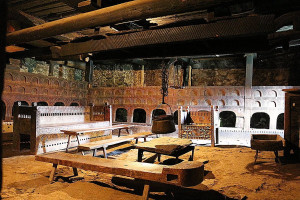
Mestia
Margiani's House Museum
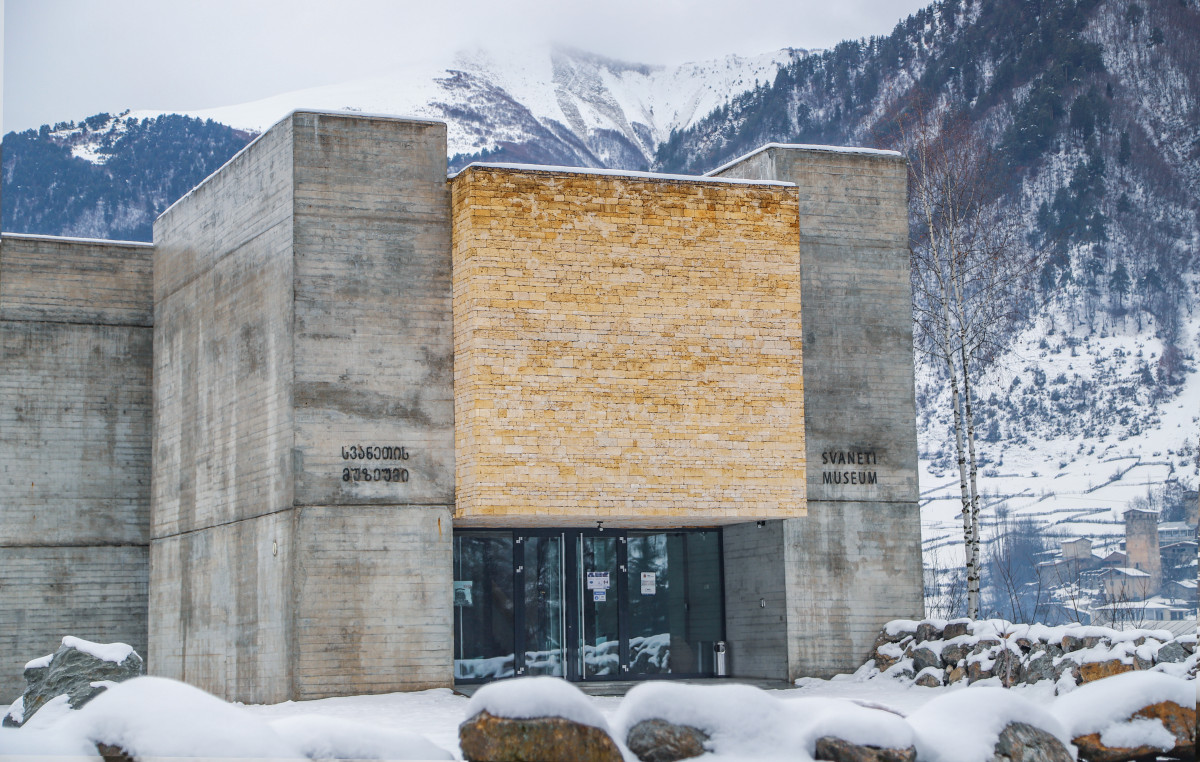
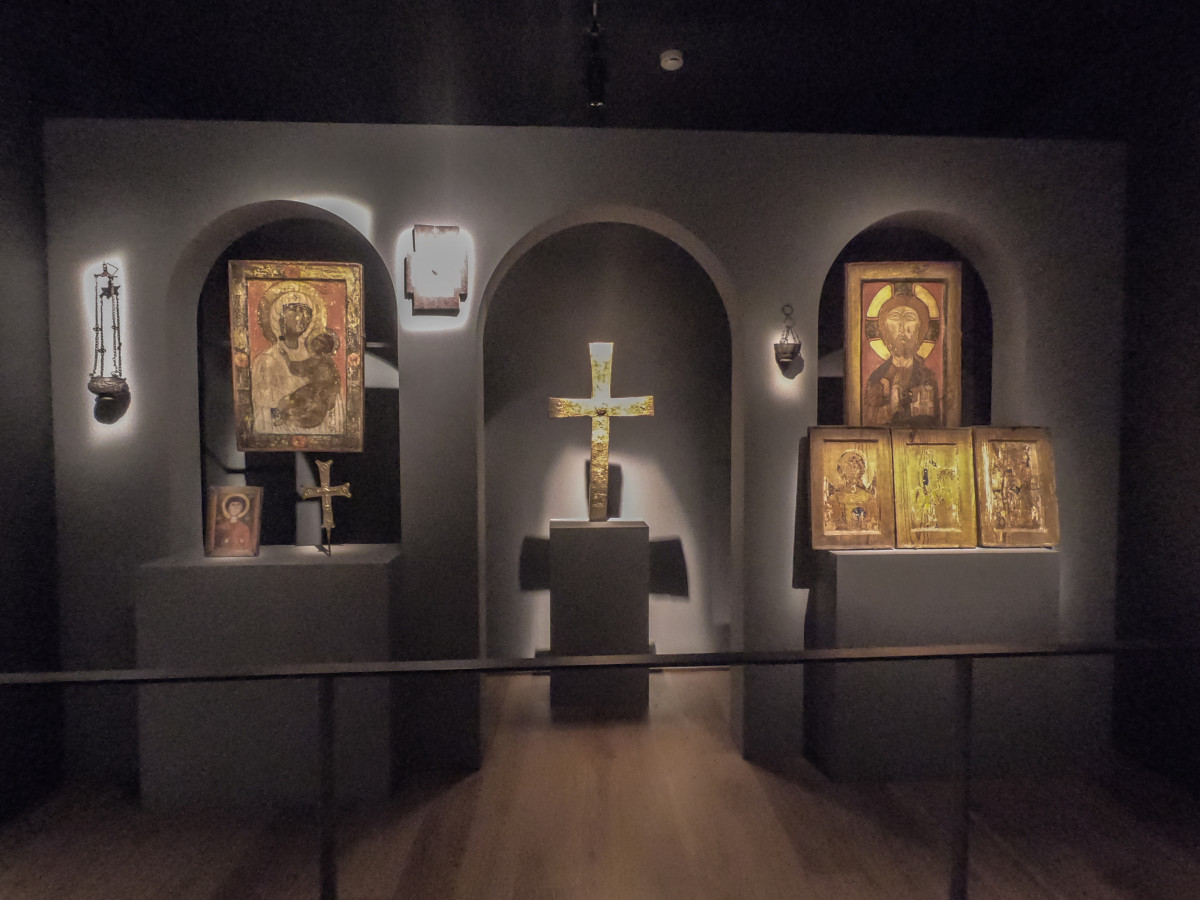
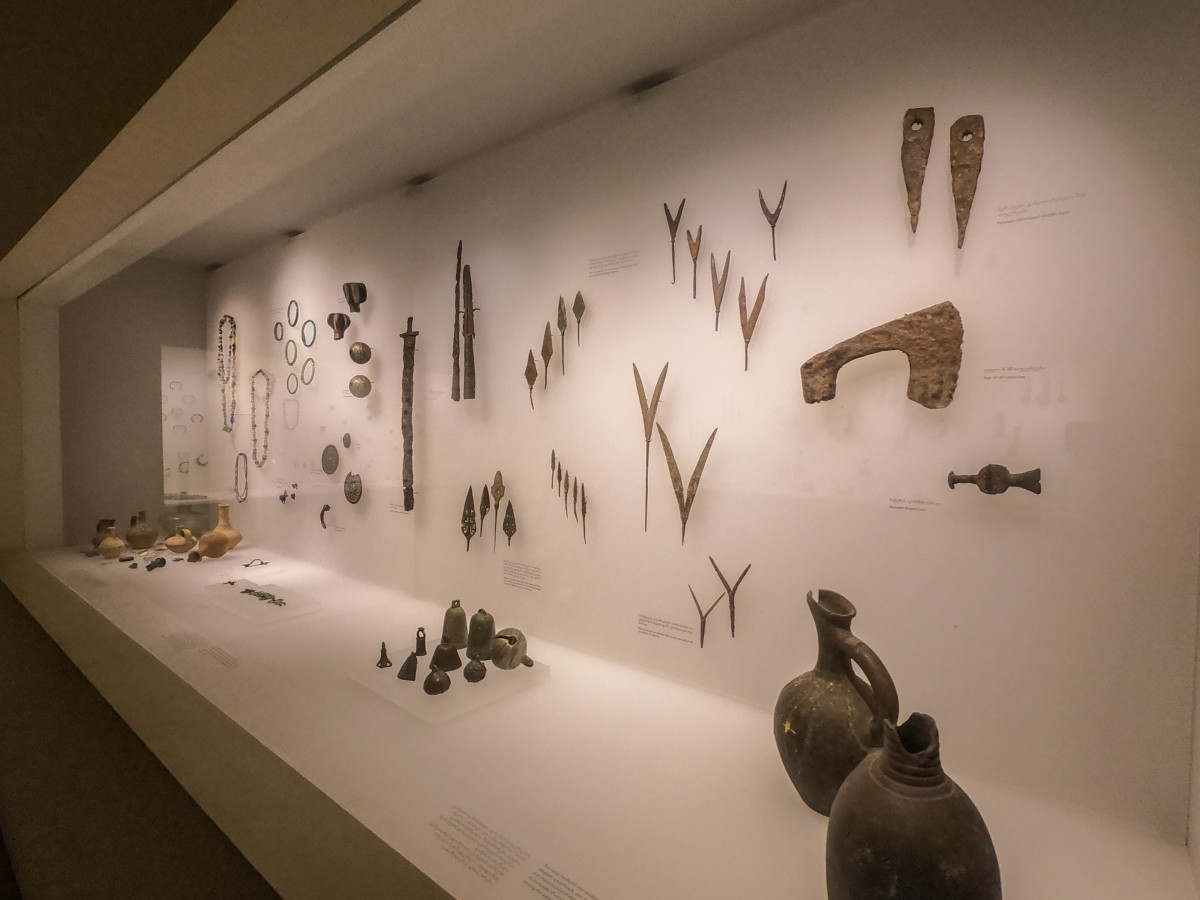
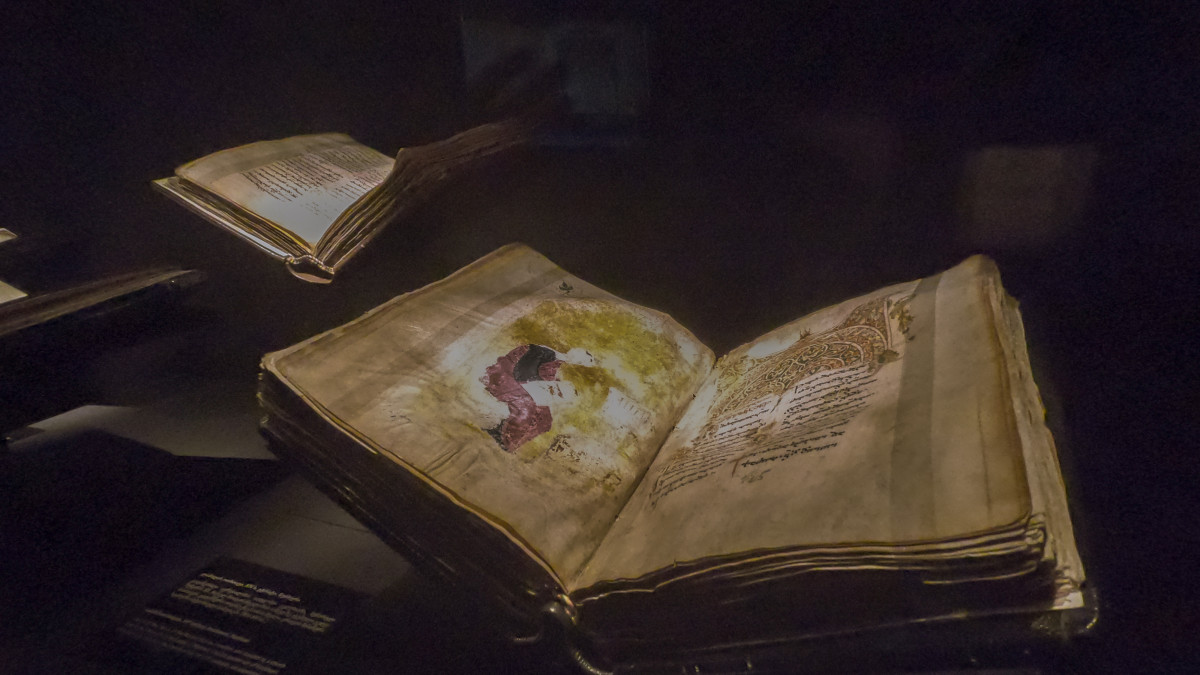
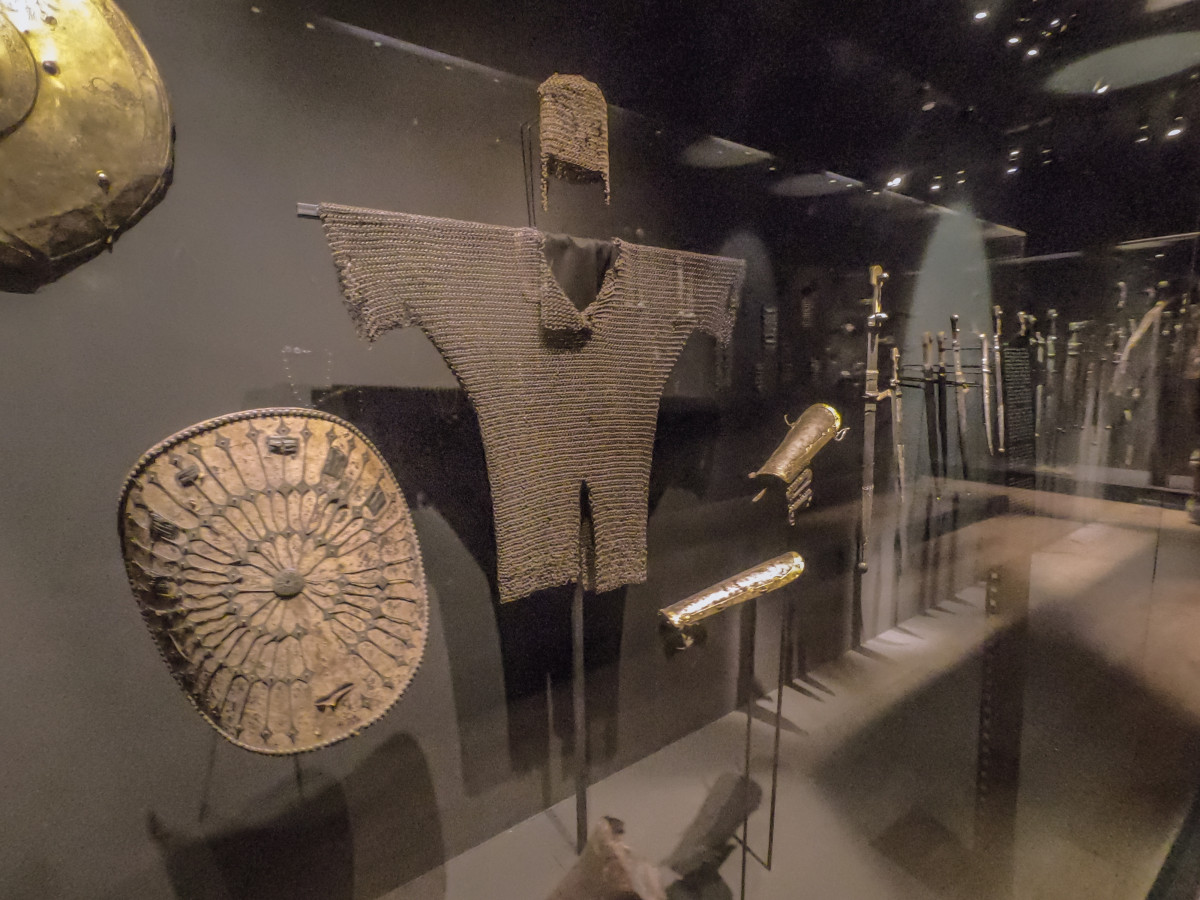
While traveling to Mestia, in parallel to enjoying the captivating nature, planned or unplanned wanderings, cultural adventures, or being pampered by the hospitality of the Svans, you will also need to get to know the local history. For that, the museum is a great place.
Mestia Museum, also known as the Museum of History and Ethnography of Svaneti, is located in Mestia. It was founded in 1936 and since 2004 has been part of the National Museum of Georgia.
If you visit Mestia with people of different interests, everyone will find something interesting in the museum. It can be iconography, war equipment, ancient coins or copper and silver jewelry.
You can see 4090 permanent and diverse exhibits in the museum. There are six halls of permanent exposition here. There is also a temporary exhibition space dedicated to various exhibitions. In the permanent exhibition spaces, there are the materials obtained as a result of archaeological excavations in the territory of the Svaneti region, unique examples of Georgian engraving art and iconography (icon of the Savior of the 10th century, the icons of the first half of the 11th century with the image of enthroned Christ and icon of St. George of Asan, the icon of the XII century "Icon of the Forty Martyrs" and "Icon of the Crucifixion", pictorial icons of the Mother of God of the 9th-10th centuries and others, ritual objects - writing instruments of the 9th-14th centuries and others), ancient manuscripts (Hadishi, Labskaldi, Ienashi of the 11th-13th centuries and Mestia's manuscript four gospels with embossed covers), early and late medieval war equipment, iron, silver, copper products, jewelry, pottery, textile samples, ethnographic items depicting the existence of ancient Svaneti and many other exhibits.
Mestia Museum exhibits Syrian bronze censors of the 6th century, relics of the 10th-11th centuries, and ancient manuscripts made on parchments. Also a 12th-century silver Sasanian decanter, a Byzantine embroidered icon, a 13th-century Venetian, a so-called decorative cross known as the "cross with stones" and other examples of Georgian, Syrian, Byzantine, and European art.
The pride of the museum is the richest collection of Georgian manuscripts. Among them, "Adysh quatrain", among the oldest dated gospels (897), "Jerusalem canon" (10th century), "Mestia quatrain" (1033), and other ancient editions of the New Testament: manuscript Labskaldi and Yenash gospels with stamped covers, Georgian art Other stamped and picturesque examples: The icon of Sidihan, which contains a piece of the Golgotha cross, and which was kept for many centuries in the village of Adish in Upper Svaneti, is worth mentioning.
According to the National Museum of Georgia, among the most popular exhibits of the Museum of History and Ethnography of Svaneti are: Coin of Davit Agmashenebeli (1089-1125) - Drama, Adishi four-chapters – 897, Asomtravuli, Etrati, icon of 40 martyrs of Sebastian - 12th century, 19th-century ark, wood and skis - XIX century, wood, rope.
The historical and ethnographic museum of Svaneti offers a variety of educational programs. The objective is to introduce and make popular the monuments of Georgian culture, art, and science to the population of the region, as well as to foreign and local tourists.
Programs include museum excursions, educational games, lectures, meetings with scientists, prominent people, public figures, film screenings, theater performances, etc.
The Svaneti Museum was nominated for the 'European Museum of the Year 2016' competition in 2016. 49 museums participated in the competition, with the State Science Museums of London, Switzerland, and Brussels among them.
As for the architecture of the museum, the rehabilitation and renovation works of the museum were carried out in 2013 according to the project of architect Gaga Kiknadze. In the new, modern building, the exhibition halls were set up in accordance with international standards. A restoration laboratory and storage facilities were established.
The museum is located in Mestia Municipality, Avtandil Ioseliani Street, N7.
Please login to add a review